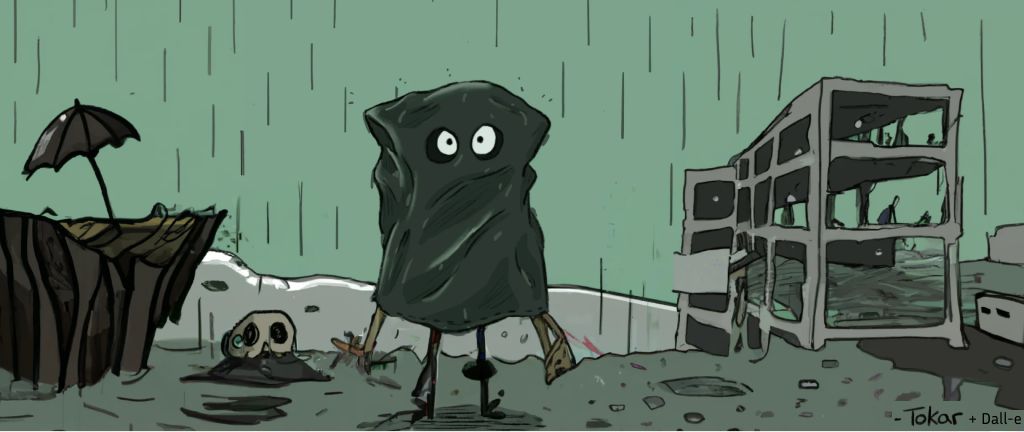The January 24, 2023, Gowanus Canal General CAG Meeting was held on January 24, 2023, virtually.
A link to the meeting is here: https://vimeo.com/showcase/gowanuscag
Of particular interest is the report by EPA Chief Engineer Christos Tsiamis who made several critical points about the lack of safety in the development of Public Place under the current remediation plan. Equally important is his statement that the EPA’s Superfund activities are not, NOT, contained just between the bulkheads. (See highlighted area below)
CAG Member George Fiala has written his second article about the latest developments at the CAG at the Red Hook Star-Revue:
Public Place battle tamped down by EPA scientist, by George Fiala 2/10/23
https://www.star-revue.com/public-place-battle-tamped-down-by-epa-scientist-by-george-fiala/
From the article:
"After the revelation last month about a provocative letter sent by some Gowanus Superfund Community Advisory Group (CAG) to EPA heads, some thought that the next monthly meeting would be filled with fireworks (see our last issue). However, Chief Engineer Christos Tsiamis, who has been providing updates to the project almostevery month for the past dozen years, diffused all thoughts of conflict between the members who wished to develop housing on Public Place (city-owned land near Public Place), and those who demanded a more rigorous cleanup of the long-standing pollution there." (edit)
"Then the topic got to Public Place, where Tsiamis became animated."
“The other thing I would like to talk about is Public Place. That is a site which is of concern to the EPA. I have to report that not much progress has happened. To recap, EPA sent a letter to the State in February 2022 and that letter repeated the assessments that I have made about the site, which were also confirmed by our consultant. To date, National Grid, under NY State’s oversight has undertaken a groundwater study in that site which to me is not clear about how it is connected to the recommendations that we have made. To date, the State has not provided any answers to the recommendations we made almost a year ago. So that’s where we are."
"The concerns that I expressed in December 2020 remain. In order to ensure the safety of those that would populate the buildings on that site, including a school and buildings with low-income people, the tar and the groundwater contamination would have to be contained. We are not talking about going and pulling tar 100 feet deep. We are talking about the shallow and intermediate zones. I will not stop repeating this because I think it’s my scientific responsibility and my responsibility as a manager for the Superfund site. One of the reasons I feel that this is important is that National Grid, under the State DEC, is not being required to go deep enough to properly ensure the public’s safety."
"And because of that we wrote an order that require them to go deep. There are things that have to be done at Public Place, political and other interests set aside, these things have to be addressed. And so I am repeating that here personally, I have made the assessment, our consultant Jacobs made an independent assessment, and these assessments were sent by our Director to the State. I am disappointed that no progress has occurred."
"It’s a good time to make a clarification once and for all, because I have made this many times in the past."
"The clarification is that the EPA’s Superfund activities are not, NOT contained just between the bulkheads. Those of you that are not hearing this – hear it again – not contained just between the bulkheads. Only the EPA decides the physical extent of the site. And I believe that the Record of Decision, not what I believe, what is a fact – the Record of Decision, which is a legal document, signed in 2013, gives us the jurisdiction to act on heavily contaminated sites that affect the site that we are dealing with."
"It is our responsibility as public servants to really be truthful to the mission of the agency and to whatever the law requires us to do. And the law requires us to attend to sources of contamination that can affect the cleanup. And so, we have the jurisdiction—the jurisdiction to step in if no one else steps in. I would say it’s just not right to put people on top of contamination. And I’m not asking anyone to go down 100 feet. I’m not impractical but at the same time we have a responsibility to… I don’t know those people who are going to live there—but we would be amiss if we did not take the measures that have to be taken."
CG CORD




